What is Soapstone Cookware?
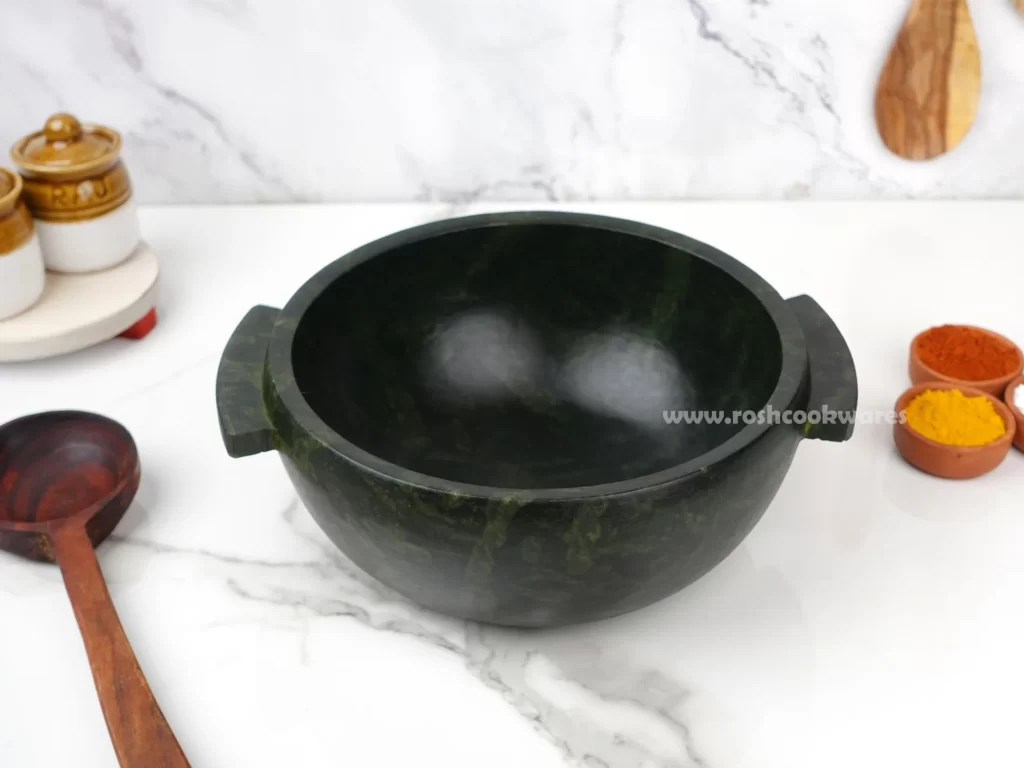
Soapstone cookware is a hidden gem in the culinary world, often overshadowed by stainless steel, ceramic, and cast iron. But this age-old material has stood the test of time, thanks to its natural properties and aesthetic charm.
Historical Use and Origins
Soapstone has been used for centuries by civilizations from the Romans to Indigenous tribes across the Americas. They valued its ability to hold heat for long durations, which was particularly useful for communal cooking and heating in cold climates.
How Soapstone is Formed
This metamorphic rock forms over thousands of years under heat and pressure. Composed mainly of talc, it also contains magnesite and chlorite, making it soft to the touch yet extremely dense—perfect for retaining and radiating heat.buy soapstone cookware online India.
Types of Soapstone Cookware
From flat griddles and deep pots to pans and serving dishes, soapstone cookware comes in various forms. Each type is hand-carved, often by artisans, and can last for generations if maintained well.
Why Choose Soapstone Cookware?
Soapstone cookware isn’t just about tradition—it offers several functional advantages that modern cookware materials struggle to match.
Non-Toxic and Chemical-Free Cooking
Unlike non-stick pans coated with potentially hazardous chemicals (like PTFE or PFOA), soapstone is 100% natural and free from synthetic coatings. This makes it a safe choice for health-conscious families.
Natural Non-Stick Surface
While it doesn’t boast the same slickness as Teflon, soapstone develops a naturally smooth, non-stick-like surface with use, especially when seasoned with oil.
Soapstone’s Excellent Heat Retention Properties
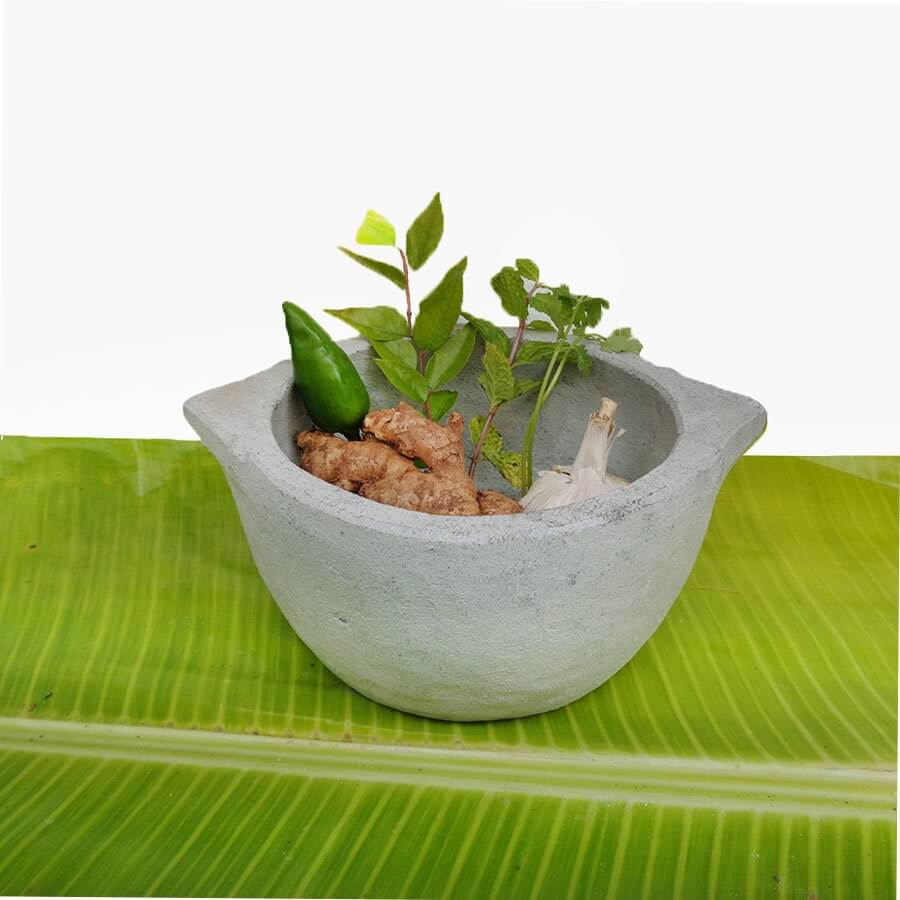
Soapstone excels in what many chefs value most: consistent and reliable heat.
Even Heat Distribution
One of its biggest perks is how evenly it distributes heat, eliminating hotspots and ensuring that your food cooks uniformly. Whether you’re frying eggs or simmering stew, you’ll notice the difference.
Long-Lasting Warmth
Soapstone holds onto heat long after the heat source is turned off. This not only keeps food warm at the dinner table but also reduces the need for constant reheating.
Energy-Efficiency and Cost-Effectiveness
This is one cookware that pays for itself in the long run.
Save on Cooking Fuel
Due to its heat-retaining ability, soapstone cookware requires less energy to maintain cooking temperatures. You can often turn the heat down halfway through the cooking process.
Durability and Long-Term Value
It doesn’t warp, corrode, or chip easily. With proper care, a single soapstone pan could be passed down through generations, saving you money on replacements.
Enhances Food Flavor Naturally
Why Food Tastes Better in Soapstone
Soapstone’s unique thermal properties help enhance the natural flavors of your ingredients. Slow cooking at stable temperatures brings out deep, rich flavors—perfect for stews, curries, and roasts.
Minimal Seasoning Needed
Unlike cast iron, soapstone doesn’t require regular seasoning to stay effective, although a bit of oiling enhances its performance.
what is soapstone cookware Health Benefits of Cooking with Soapstone
No Leaching of Heavy Metals
With many cookware materials, there’s a risk of leaching metals like aluminum or iron into food—especially acidic foods. Soapstone is inert, so there’s no risk of unwanted elements entering your meals.
Safe for Individuals with Allergies
Because it contains no synthetic additives or metals, it’s a great choice for those with chemical sensitivities or allergies.
Versatility of Soapstone Cookware
Soapstone can adapt to nearly any cooking environment.
Stove, Oven, and Open Flame Use
Use it on gas stoves, in ovens, and even on open fires or grills. It can handle direct flames without cracking, making it great for camping or backyard cooking.
Cold and Hot Food Applications
It retains cold just as well as it holds heat. Chill your soapstone bowl in the freezer, and it becomes perfect for serving cold salads or desserts at picnics or gatherings.
Low-Maintenance and Easy to Clean
Cleaning Best Practices
Soapstone cookware is surprisingly easy to clean. Warm water and a soft brush are typically all you need. Harsh soaps or dishwashers are unnecessary and discouraged.
what is soapstone cookware Stain and Odor Resistance
Thanks to its dense composition, soapstone resists odors and food stains, keeping your cookware looking and smelling fresh over time.
Frequently Asked Questions (FAQs)
1. Is soapstone cookware safe for everyday use?
Yes, soapstone cookware is completely safe for everyday use. It’s made from 100% natural stone with no synthetic chemicals, coatings, or heavy metals. Since it’s inert, it won’t react with acidic or alkaline foods, making it one of the safest options for health-conscious cooking.
2. Can I use soapstone on a glass-top stove?
It is possible to use soapstone cookware on a glass-top stove, but you must be very cautious. Soapstone is heavy, and if dropped or slid forcefully, it can crack or scratch your glass surface. Always lift the cookware instead of dragging it and use a diffuser if recommended by your stove’s manufacturer.
3. How do I prevent soapstone cookware from cracking?
To avoid cracking, always follow proper heat-up and cool-down procedures. Never place a cold soapstone pan directly on a hot burner or vice versa. Allow it to heat gradually, and avoid thermal shock from sudden temperature changes. Also, season the cookware before its first use as per the manufacturer’s guidelines.
4. Do I need to oil soapstone cookware?
Oiling isn’t strictly necessary, but it’s highly recommended, especially before first use. Rubbing a thin layer of cooking oil on the surface helps build a natural patina, improves its non-stick performance, and adds a subtle luster to the stone. Re-oil occasionally to maintain its finish.
5. How long does soapstone cookware last?
With proper care, soapstone cookware can last a lifetime—or even be passed down through generations. It doesn’t rust, warp, or corrode like metal cookware. As long as it’s not subjected to severe physical shocks or misused, it can serve you well for decades.


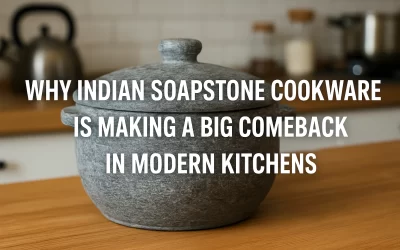
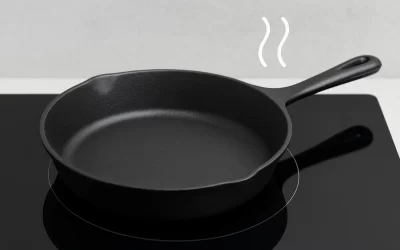
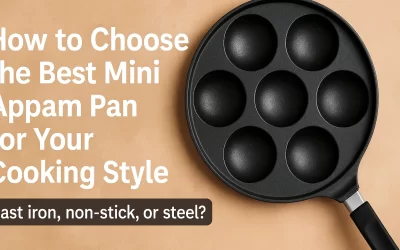
0 Comments